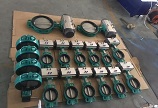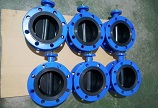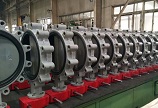24/7 Emergency Service
+86 185 2662 3967
Contact Us Now!
24/7 Emergency Service
+86 185 2662 3967
Contact Us Now!
Jan. 04, 2022
A butterfly valve is a four-turn rotary motion valve used as a throttle valve to control and regulate flow through a system. Butterfly valves have their own set of advantages, including good control, quarter-turn and openness to reduce clogging of the system. In addition, the butterfly valve's ability to work in areas where space is limited and provide a high flow coefficient makes it an important part of today's industry.
However, because internal parts are difficult to clean, they are not recommended for use in industries where sterility is an important factor, such as medical and food processing applications.
The function of butterfly valves is to control the flow of liquid through them based on the control method. Butterfly valves consist of a metal disc, also known as a vane. The disc pivots at right angles to the axis of the direction of flow in the pipeline.
As the valve rotates, the disc seals itself to the valve seat. The disc then allows fluid to pass by providing it with low resistance. Butterfly valves operate faster because they require a quarter turn to close or open the passage.
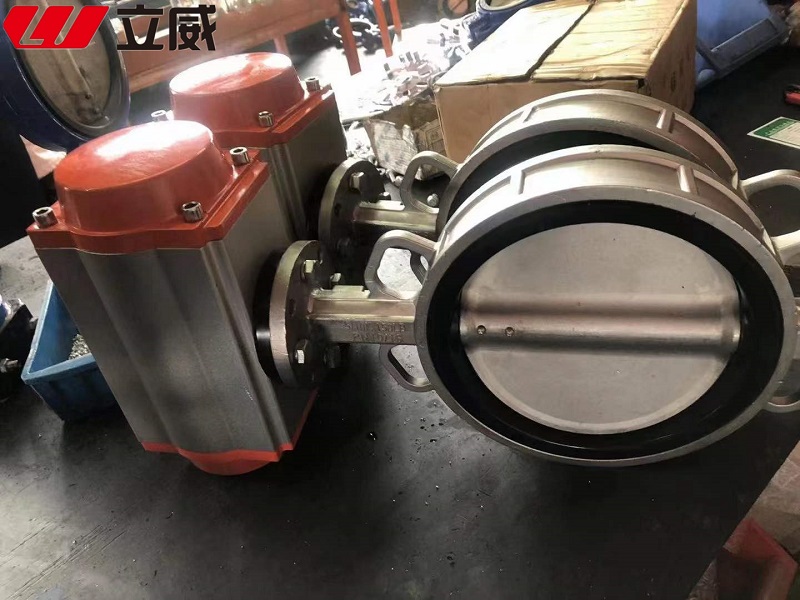
Media is a characteristic term used to describe the system material. The media plays an important role in determining the type of material used to construct the disc. Media that pass through a valve system include
Various factors should be considered when customizing valves for abrasive and semi-abrasive operations. Discs that will close on dry bulk material are more likely to wear and tear prematurely on the rubber seat and will also block the orifice formed by the disc. This can further lead to bridging of the material on the inlet side of the valve.
In addition, it may even lead to dry material jamming or the disc getting stuck and jammed between the disc and the seat, which further may lead to severe inefficiencies and thus delay its operation and effectiveness.
When handling gases, it is highly recommended that valve seals should be tight and have a specified leakage rate based on the system function and at a given pressure and temperature. If the volume is small, it is recommended to use its equal percentage characteristic. For large volumes, a linear characteristic is preferred if the system pressure drop can reach more than 25% of the valve.
System seals need to be tight to avoid damage and leakage. If the calculation is greater than 25% of the pressure drop, it is highly recommended to follow the linear characteristic. If less than a given percentage, the drop at its maximum flow condition can be calculated by parallel percentage characteristics.
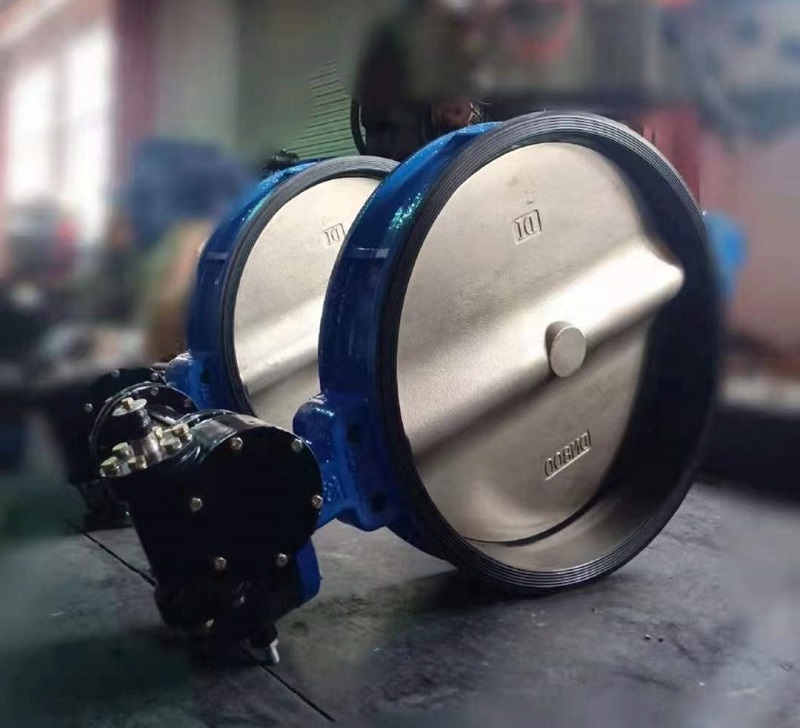
Butterfly valves are used in a wide variety of processes and applications because they are compatible with different media types, including corrosive materials, waste handling, slurries, and water systems. Some of their uses include
High temperature and pressure steam and water distribution, vacuum services, slurries and any other similar services, fire protection, gases, air and cooling water.
All butterfly valves are available in different configurations in terms of shape, size, installation and fittings. These valves are also used in automotive systems, the best example being the carburetor of a car. For more information on the various valves specifically required for your plant/business, please contact LIWEI and we will be happy to answer your questions and provide you with all the details required.
Search Blog
Sep. 08, 2022
Tianjin Liwei Has Professional Valve Production Line
Sep. 07, 2022
Are You Interested in Small Order with Fast Delivery?
Aug. 25, 2022
Keywords

Factory Add.:
No.3 Xintai Road, Jinnan District, Tianjin, China.
Office Add.:
C12 Aliyun Jinnan District, Tianjin, China.
Name: Riven Lee
Mob.: +86 185 2662 3967
E-mail: trading_manager@liweivalve.cn
Name: Ariel Wong
Mob.: +86 186 9809 4027
Name: Kerry Zhang
Mob.: +86 187 2267 7875
Navigation
Products
Leave a Message
